Multi-fuel stoves are a fantastic choice for anyone looking to heat their home efficiently. They give you the flexibility to burn different types of fuel, like wood, coal, or smokeless fuel, letting you pick what works best for you. Whether you want the cozy smell of wood or the convenience of coal, these stoves cover all bases and keep your space warm and inviting.
Multi Fuel Stoves
Discover versatile heating solutions that enhance both comfort and style in your home
Product List
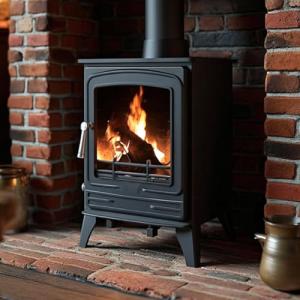
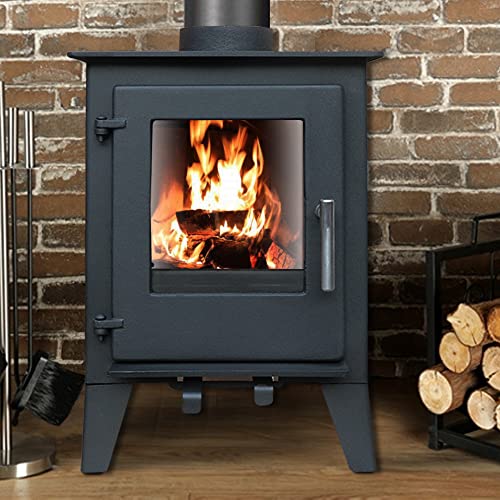
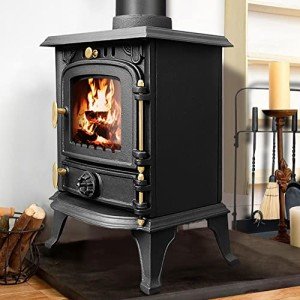
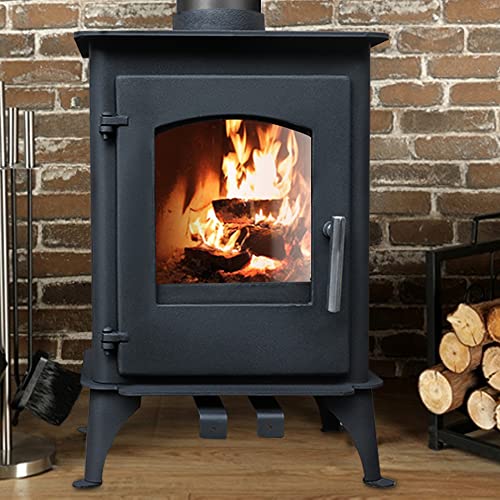

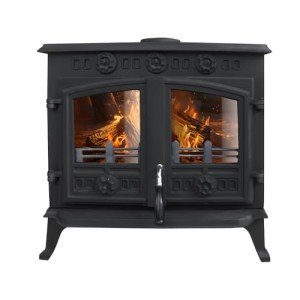

Saltfire ST-X5 Multifuel Stove
Saltfire
Product Review Score
4.75 out of 5 stars
191 reviews£999.00
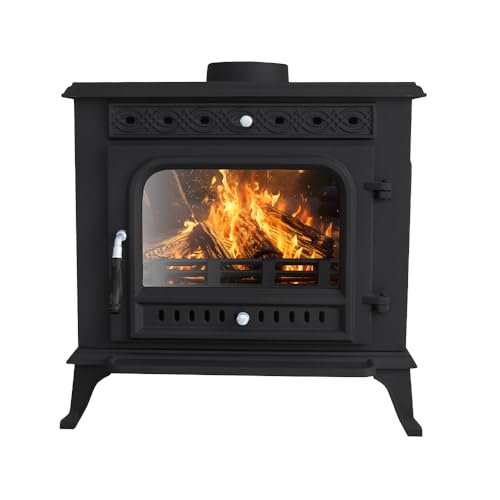
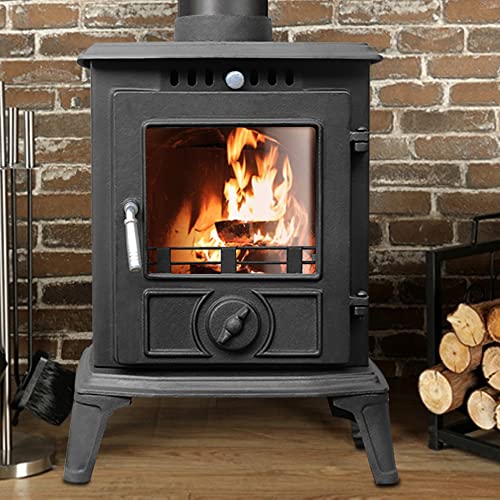
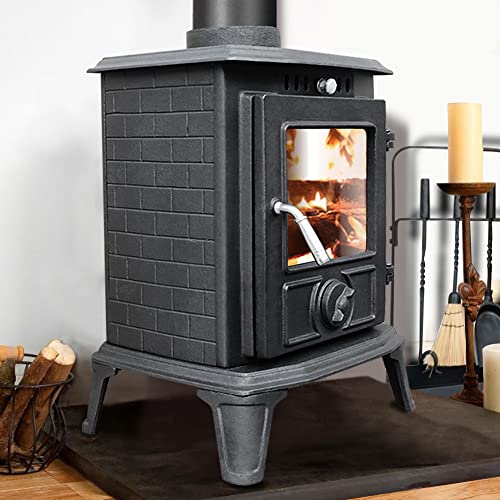
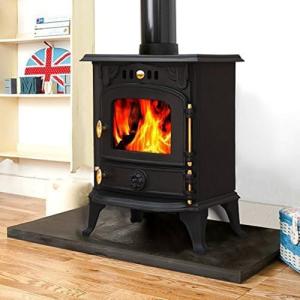
In recent years, the shift towards more sustainable and efficient heating solutions has led many homeowners to consider multi-fuel stoves. These versatile appliances offer a variety of fuel options, enabling users to tailor their heating methods based on convenience, cost, and environmental impact. This guide delves deeply into what multi-fuel stoves are, their benefits, various fuel types, and how to choose the best one for your home.
What is a Multi-Fuel Stove?
A multi-fuel stove is a type of heating appliance designed to burn more than one type of fuel. Generally, these stoves can efficiently burn wood, coal, and different types of solid fuels, allowing homeowners to adapt their heating sources according to their preferences and available resources. Compared to single-fuel stoves, multi-fuel stoves provide greater flexibility and potentially lower heating costs.
Advantages of Multi-Fuel Stoves
The benefits of owning a multi-fuel stove are numerous. Below is a detailed list highlighting the primary advantages:
| Advantage | Description |
|---|---|
| Versatility | Ability to burn different types of fuel, enabling users to choose based on availability or price fluctuations. |
| Cost-Effectiveness | Users can switch fuels based on seasonality and local prices, often leading to significant savings on heating costs. |
| Sustainability | Encourages the use of renewable fuels like wood while still accommodating traditional fuels such as coal. |
| Efficiency | Many multi-fuel stoves are designed to maximize heat output while minimizing waste, providing a more efficient heating solution. |
| Aesthetic Appeal | Available in various designs, these stoves often enhance the aesthetic of a home, serving as both a functional heater and a stylish focal point. |
| Backup Heating | Provides a reliable source of heat in the event of power outages or other emergencies, satisfying the needs of homeowners in colder climates. |
Types of Fuels for Multi-Fuel Stoves
When considering a multi-fuel stove, understanding the different types of fuel options available is essential. Below is a table highlighting the most common fuel types and their characteristics.
| Fuel Type | Description | Advantages | Disadvantages |
|---|---|---|---|
| Wood | Natural, renewable fuel source; logs or pellets. | Eco-friendly, often cheaper; provides a cozy ambiance. | Requires regular supply and storage; can produce smoke. |
| Coal | A fossil fuel, often available in various grades. | High heat output; longer burning time. | Higher emissions; requires more maintenance. |
| Peat | Partially decayed plant material, often found in moist regions. | Good heat value; adds a unique flavor to the ambiance. | Less widely available; requires specific types of stoves. |
| Briquettes | Compressed solid fuel made from recycled materials. | Consistent burning; easy to store and transport. | Can be more expensive than bulk fuels. |
| Gas | Propane or natural gas, often used in homes for heating. | Clean burning; convenient and efficient. | Limited to access to gas lines; potential supply issues. |
How to Choose the Right Multi-Fuel Stove
Selecting the appropriate multi-fuel stove for your home requires a careful assessment of several criteria:
-
Size and Capacity: Consider the stove's size in relation to your space. The heating capacity (measured in kilowatts) should fit the square footage you intend to heat.
For example:
- A small room (up to 200 sq. ft.) may require a 5-7 kW stove.
- A medium-sized room (200-400 sq. ft.) typically needs a 7-12 kW stove.
- Large or open areas (over 400 sq. ft.) often require 12 kW or more.
-
Efficiency Ratings: Look for stoves with high-efficiency ratings (over 70%). This information helps you determine how effectively the stove converts fuel into usable heat.
-
Fuel Availability: Examine the availability of different types of fuel in your area. If wood or coal is more affordable and accessible, choosing a stove that accommodates these options may be wise.
-
Environmental Impact: Research the emissions and particulate matter associated with different fuel types. Opt for certified stoves that meet local environmental standards.
-
Style and Features: Multi-fuel stoves come in various styles and have additional features, such as thermostatic controls, heat-retaining capabilities, and glass doors for aesthetics. Choose one that matches your decor and functional needs.
FAQ: Multi-Fuel Stoves
1. Can I burn wood and coal simultaneously?
While many multi-fuel stoves allow burning different fuels, it’s crucial to check the manufacturer's instructions, as mixing fuels can produce harmful emissions or damage the stove.
2. How often do I need to clean a multi-fuel stove?
Regular cleaning is essential to ensure optimal performance. Depending on usage, it's generally advisable to clean the stove once every two weeks during heavy use.
3. Are multi-fuel stoves safe for indoor use?
Yes, multi-fuel stoves designed for indoor use are safe. However, proper installation and venting are critical to avoid the buildup of toxic gases.
4. Can I use a multi-fuel stove for cooking?
Many multi-fuel stoves can also be used for cooking and heating water, making them highly versatile appliances.
5. What are the maintenance costs associated with a multi-fuel stove?
Maintenance costs can vary widely based on usage and the type of fuel. Regular cleaning and occasional professional inspections are recommended and can run between £100 and £300 per year.
Multi-fuel stoves represent a powerful solution for efficient and flexible home heating. Their unique ability to accommodate various fuel sources makes them ideal for homeowners seeking alternatives to traditional heating methods. By considering the various fuel types, evaluating size and efficiency, and making an informed choice, homeowners can enjoy the warmth and ambiance that multi-fuel stoves bring to the home—all while contributing positively to the environment. Whether looking for cost-effectiveness or coziness, a multi-fuel stove could be the perfect addition to any dwelling.